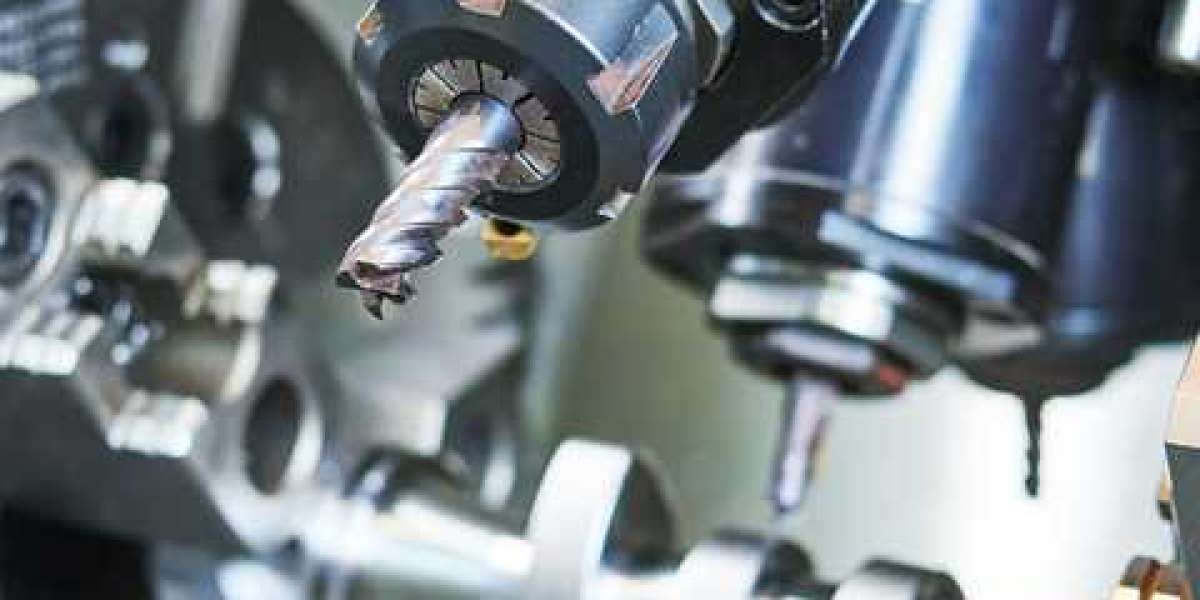Steel machining is a fundamental process in modern manufacturing, vital for creating a wide array of products across various industries. From automotive parts to surgical instruments, steel machining plays a crucial role in shaping the world around us. Mastering the art of steel machining requires a combination of knowledge, skill, and precision. In this guide, we will explore the key steps and techniques involved in steel machining.
Understanding Steel Properties: Before diving into machining, it's essential to have a good grasp of the properties of steel. Steel comes in various grades, each with its own unique characteristics such as hardness, toughness, and machinability. Different grades require different machining approaches, so familiarize yourself with the specific type of steel you'll be working with.
Selecting the Right Tools: Choosing the appropriate tools is paramount for successful steel machining. Carbide inserts are commonly used for machining steel due to their hardness and wear resistance. High-speed steel (HSS) tools can also be effective for certain applications. Additionally, consider factors like tool geometry, coatings, and cutting parameters to optimize performance and tool life.
Machining Techniques: a. Turning: Turning is a common machining operation used to create cylindrical components. Use sharp cutting tools and appropriate cutting speeds and feeds to achieve smooth surface finishes and dimensional accuracy. b. Milling: Milling is versatile and can be used to create various shapes and features on steel workpieces. Whether you're face milling, end milling, or slotting, ensure proper tool engagement and coolant flow to dissipate heat and prevent tool wear. c. Drilling: Drilling is essential for creating holes in steel components. Use sharp drills with proper point geometries and adequate coolant to prevent work hardening and ensure hole accuracy. d. Grinding: Grinding is employed for achieving tight tolerances and fine surface finishes on steel parts. Utilize grinding wheels with the appropriate abrasive grit size and bond hardness for the desired results.
Tool Maintenance: Regular maintenance of cutting tools is crucial for consistent machining performance. Keep tools sharp by regrinding or replacing them as needed. Proper tool storage and handling practices also help extend tool life and maintain machining quality.
Safety Precautions: Safety should always be a top priority in steel machining. Wear appropriate personal protective equipment (PPE), such as safety glasses and gloves, to protect against hazards like flying chips and coolant. Follow machine manufacturer's guidelines and adhere to safe operating procedures at all times.
By mastering steel machining techniques and following best practices, you can produce high-quality steel components efficiently and reliably. Continuous learning and experience will further hone your skills, allowing you to tackle even the most challenging machining tasks with confidence.








